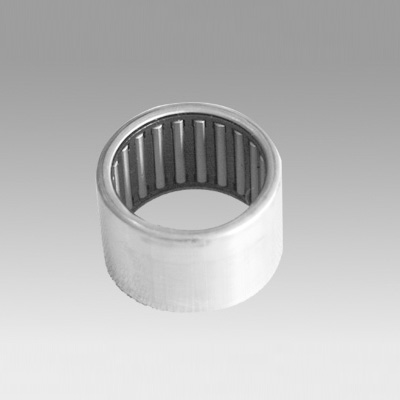
Nov . 08, 2024 15:55 Back to list
deep groove ball bearing designation
Understanding Deep Groove Ball Bearing Designation
Deep groove ball bearings are one of the most commonly used types of bearings in various mechanical applications. Their design, characterized by deep grooves on the inner and outer rings, allows them to support both radial and axial loads, making them versatile and efficient. To help manufacturers, engineers, and maintenance professionals communicate effectively and select the right bearing for their applications, a standardized designating system has been established. Understanding this designation system is crucial for selecting the appropriate deep groove ball bearings.
The Basics of Bearing Designation
The designation of deep groove ball bearings typically consists of several alphanumeric codes that provide specific information about the bearing's dimensions, type, and features. The most widely used standard comes from the International Organization for Standardization (ISO). These designations may vary slightly among different manufacturers, but generally, they include the following elements
1. Basic Designation This consists of a series of numbers and letters indicating the type and size of the bearing. For example, the designation 6205 indicates a deep groove ball bearing, where 6 denotes the series, and 205 refers to the bore diameter. The first digit usually specifies the bearing series, which indicates load-carrying capacity, while the last two digits represent the inner diameter in millimeters.
2. Suffix Codes Additional letters and numbers added to the basic designation provide details about special features and modifications. For instance, ZZ indicates that the bearing is shielded, which helps to protect it from dust and dirt while retaining lubrication. Another example is C3, which signifies a greater internal clearance between the balls and the races, accommodating high-speed applications or thermal expansion.
3. Material and Treatments Some designations may also include information about the materials used or any special treatments applied to the bearing. This could include bearings made from stainless steel or those featuring special coatings for improved corrosion resistance.
Application of Bearing Designation
deep groove ball bearing designation

Let us consider a practical example. The designation 6310-ZZ-C3 breaks down as follows
- 63 denotes the series of the bearing and indicates its load-carrying capacity. - 10 indicates that the inner diameter of the bearing is 10 mm multiplied by 5, thus the actual inner diameter is 50 mm. - ZZ indicates that the bearing is shielded on both sides. - C3 denotes a greater internal clearance, which is ideal for applications involving high-speed rotation or temperature fluctuations.
Such designations enable engineers to make informed decisions when selecting bearings for projects ranging from industrial machinery to automotive applications. Analyzing the specifications allows for optimized performance and longevity of the components involved.
Importance in Industry
Understanding deep groove ball bearing designations is essential for suppliers, manufacturers, and equipment maintenance personnel. Using the correct bearing can enhance machinery reliability, reduce maintenance costs, and extend service life. In industries where downtime can lead to significant economic loss, the ability to quickly identify and source the correct bearing is invaluable.
Moreover, with the advent of Industry 4.0 and smart manufacturing, real-time tracking of machine health is becoming increasingly vital. When each component, including bearings, is accurately designated, it allows for better predictive maintenance practices, ensuring that any potential issues are identified and resolved before they lead to significant operational disruptions.
Conclusion
In conclusion, deep groove ball bearing designations are a crucial component of mechanical design and maintenance practice. By understanding the meaning behind the numerical and alphanumeric codes, professionals can ensure they select the right bearings for their specific applications. This knowledge not only optimizes performance but also contributes to greater efficiency in industrial processes. Ultimately, as technology and methodologies continue to evolve, a solid grasp of bearing designations remains an indispensable skill in the engineering toolkit.
Latest news
-
Premium Deep Groove Ball Bearings | High Speed & Reliability
NewsAug.29,2025
-
Durable Scaffolding Clamps - Secure & Reliable Tube Connectors
NewsAug.28,2025
-
Common Failures in Thrust Ball Bearings and Solutions
NewsAug.22,2025
-
How Tapered Roller Bearings Can Take Shock Loads
NewsAug.22,2025
-
Angular Bearings in High-Precision Spindles
NewsAug.22,2025
-
The Impact of Misalignment on Cylindrical Roller Bearing Performance
NewsAug.22,2025
